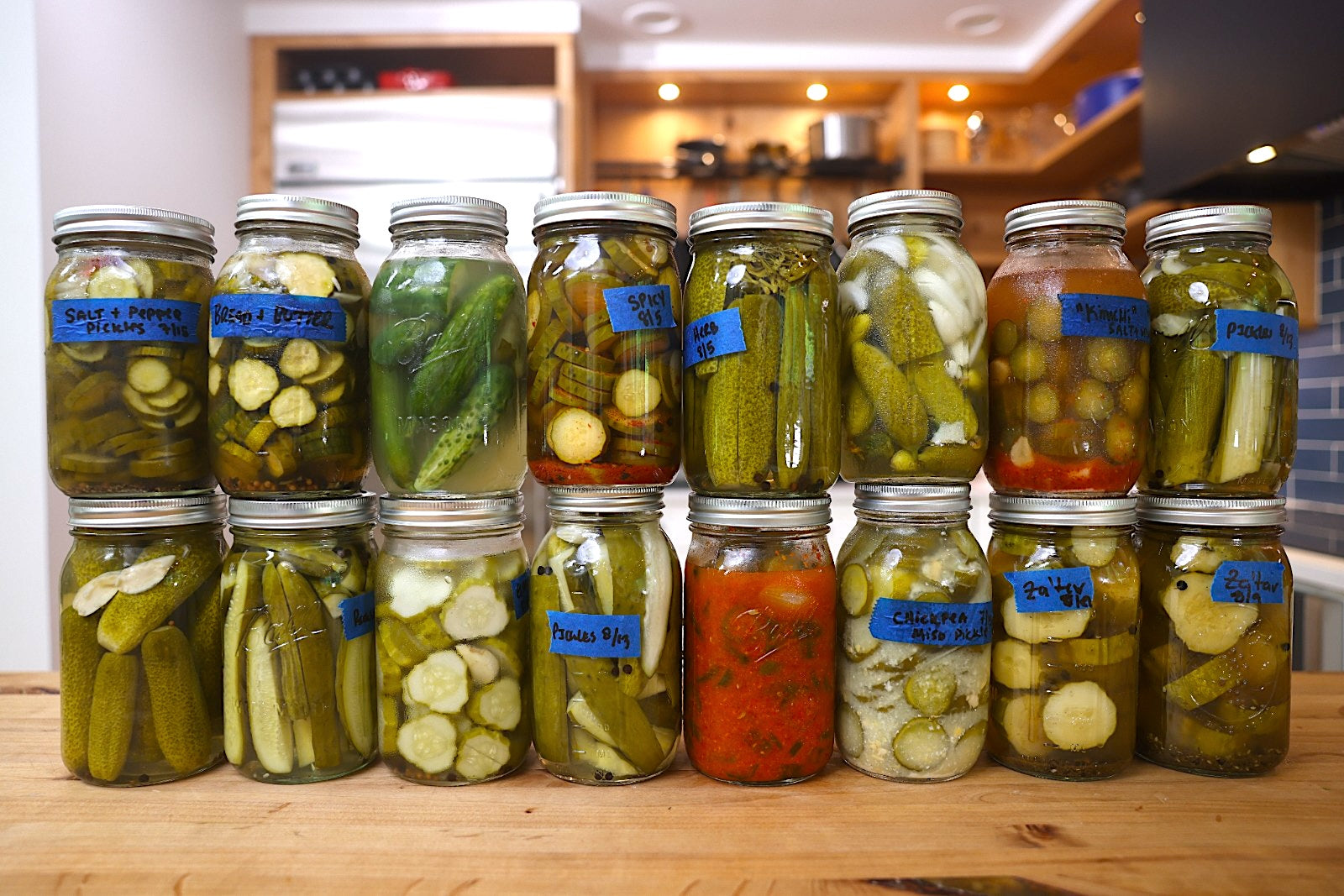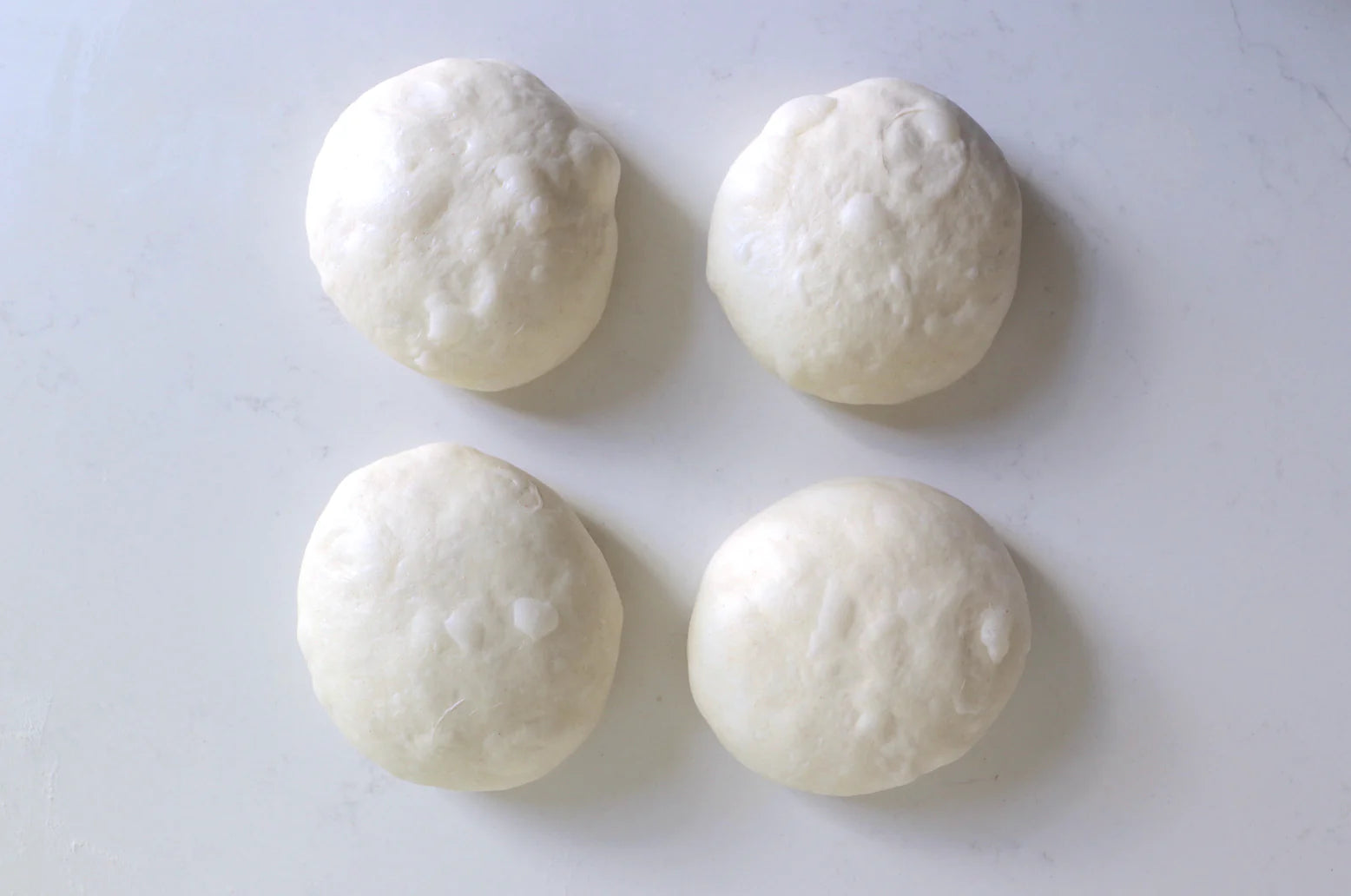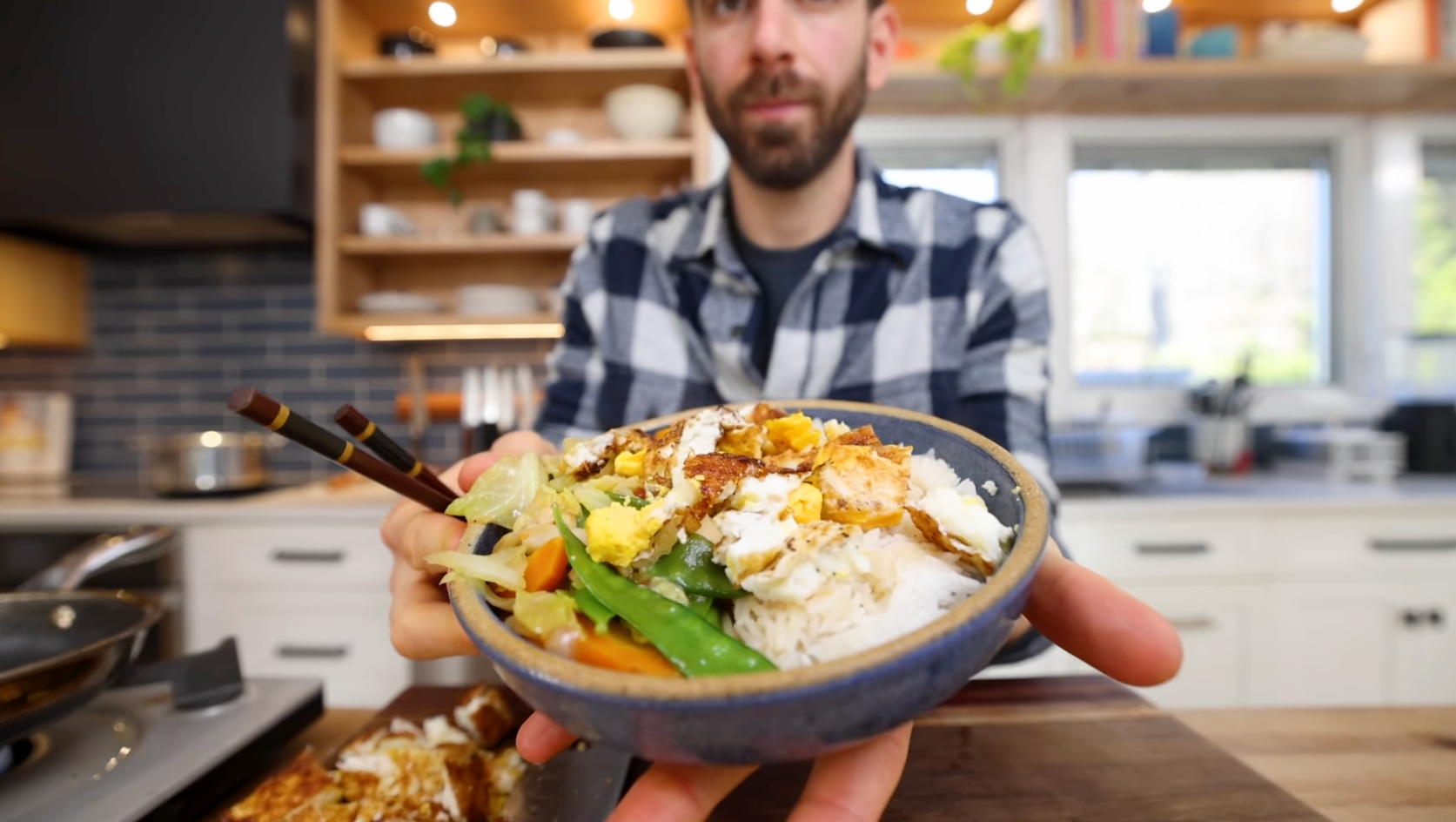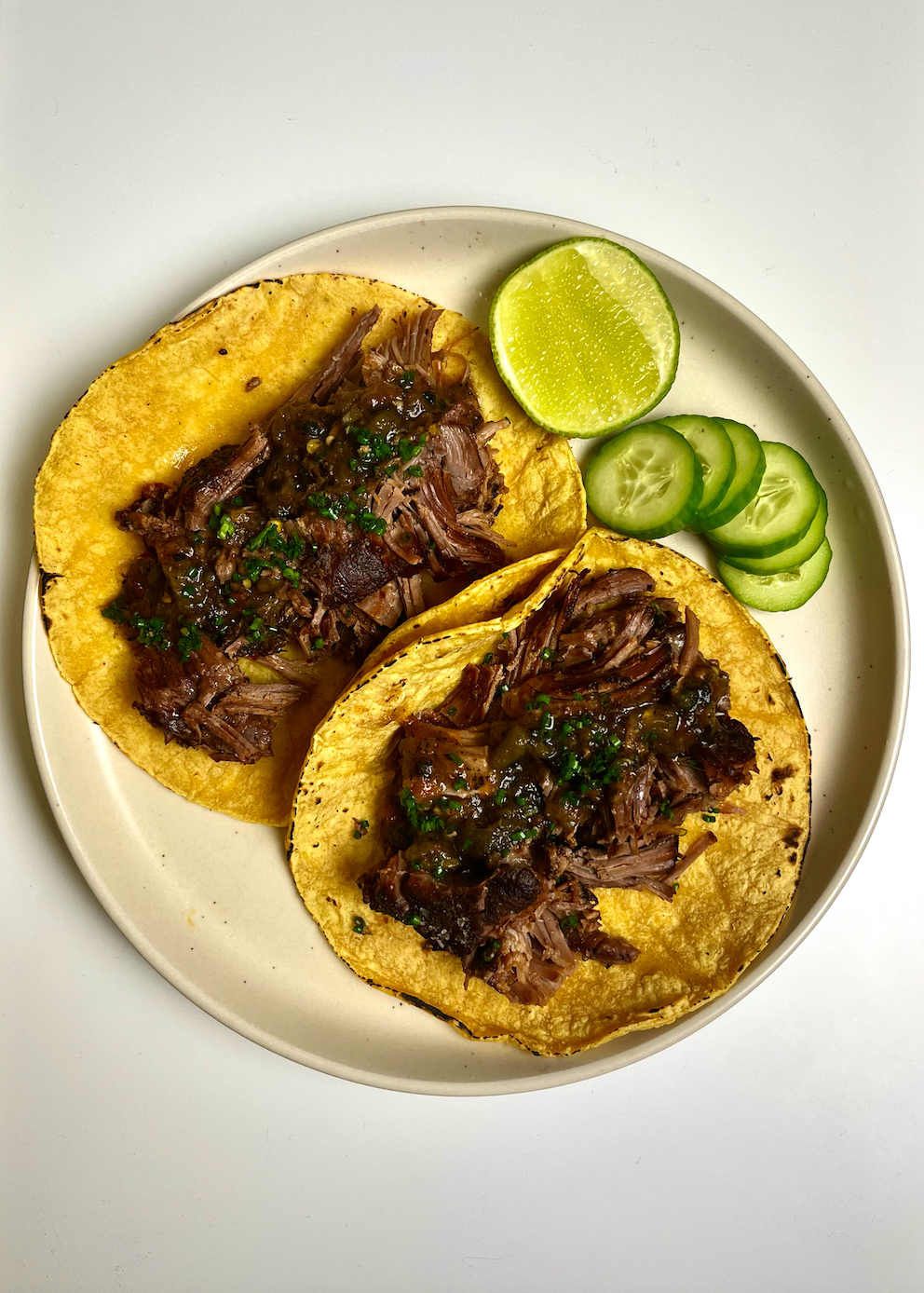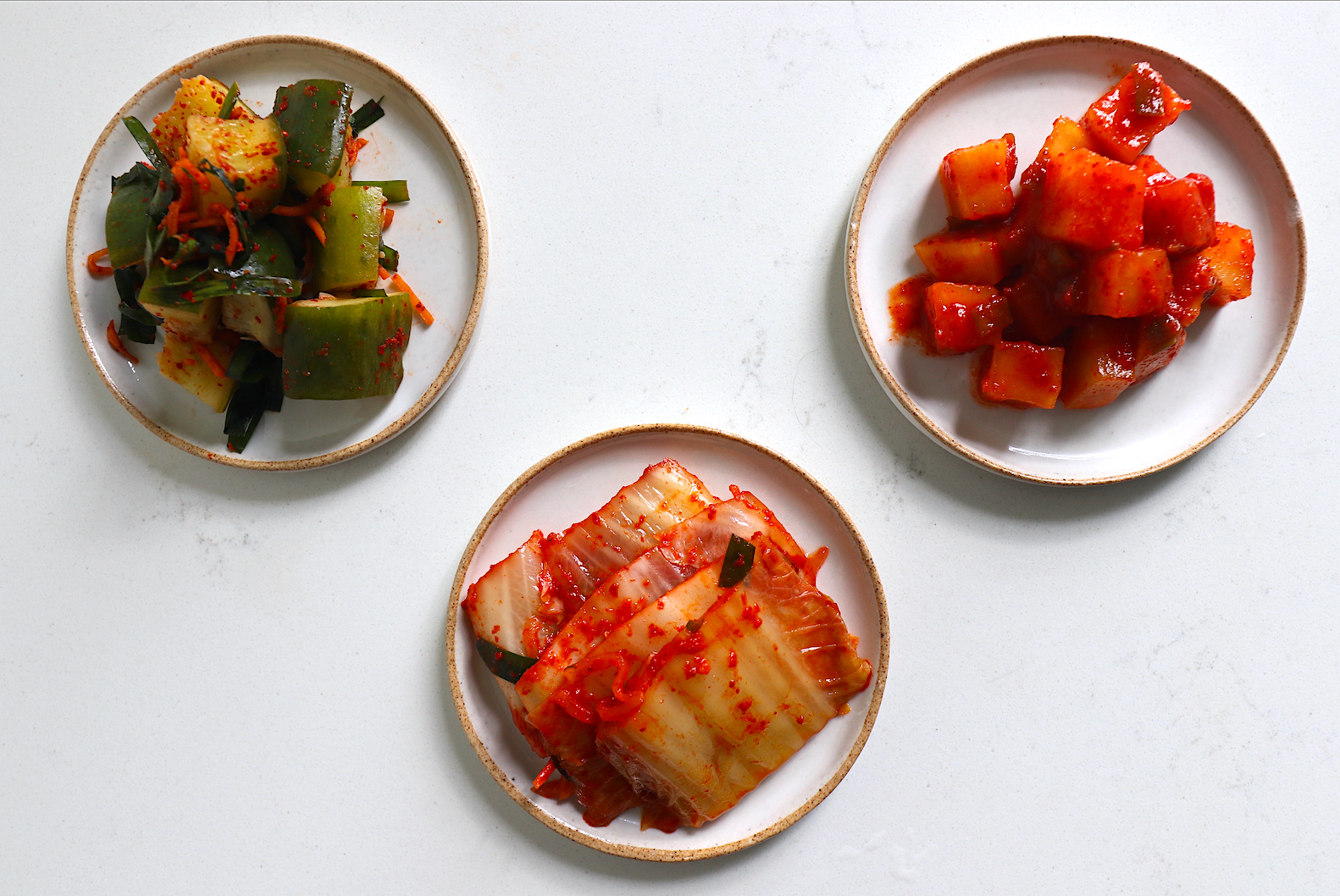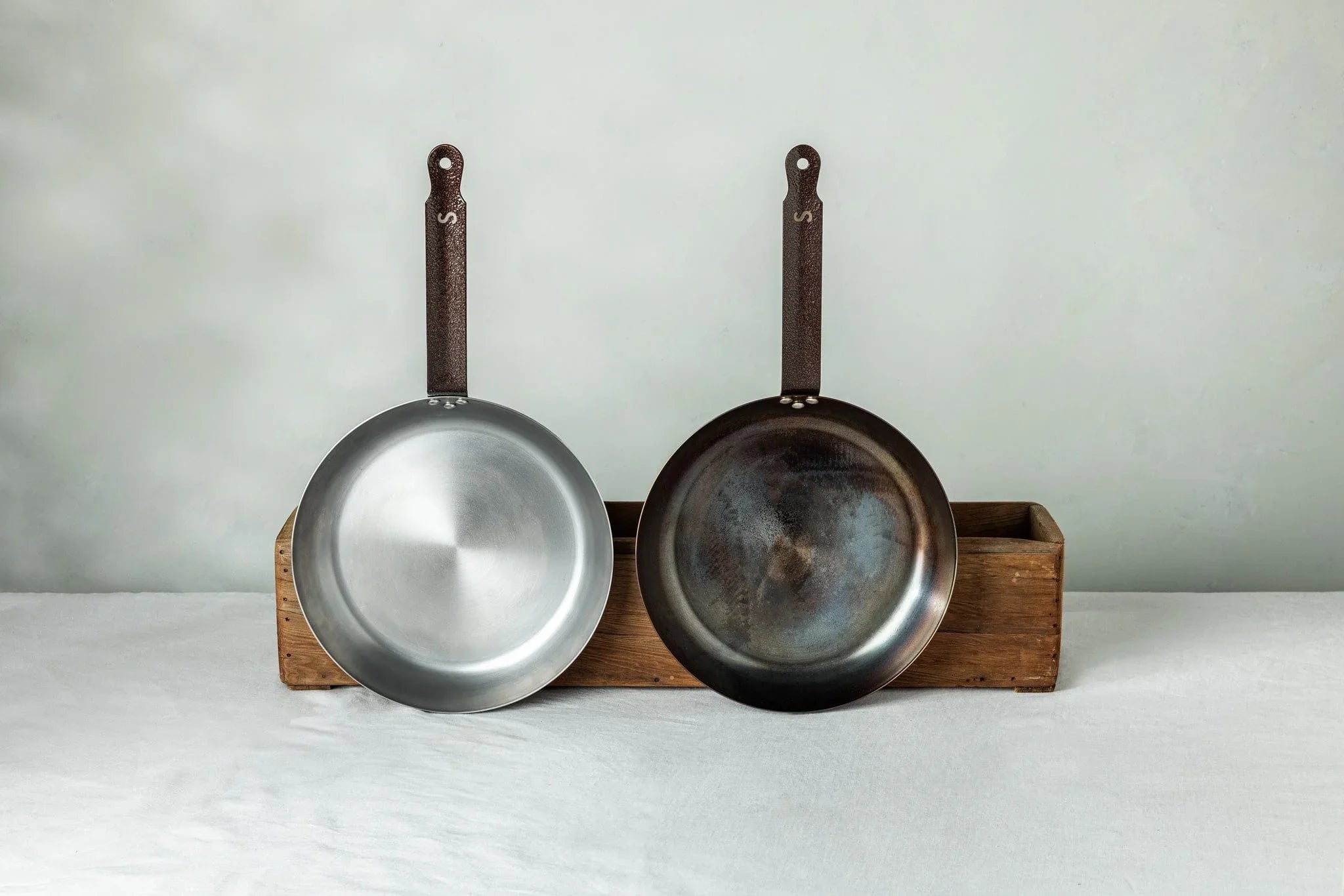
An Introduction to Carbon Steel Cookware
By Brandon Muhawi
Senior Food Writer at Pro Home Cooks
Carbon steel pans are not the product of innovative technologies and therefore don’t receive the love they deserve in home kitchens. The reality is, though, that carbon steel is everything you love about all your other pans combined into one versatile cooking tool. Carbon steel pans develop a naturally non-stick seasoning just like well-loved cast iron, but in a form factor that is just as lightweight and maneuverable as stainless steel.

Non-stick pans, even when handled with extreme care, can be incredibly finicky. Every action seems to put the pan at risk of losing some of its slippery magic. High-heat cooking, metal tools, improper washing, and stacked storage all damage the nonstick coating. After a few months, we’re left with pans that are nothing more than a disappointment compared to when it was new. Carbon steel pans, on the other hand, improve their nonstick capabilities with every use. Blast them on high heat, throw them in the oven, scrub them hard, and stack them up. These pans are durable, and if you enjoy cooking you deserve tools that will stand the test of time.
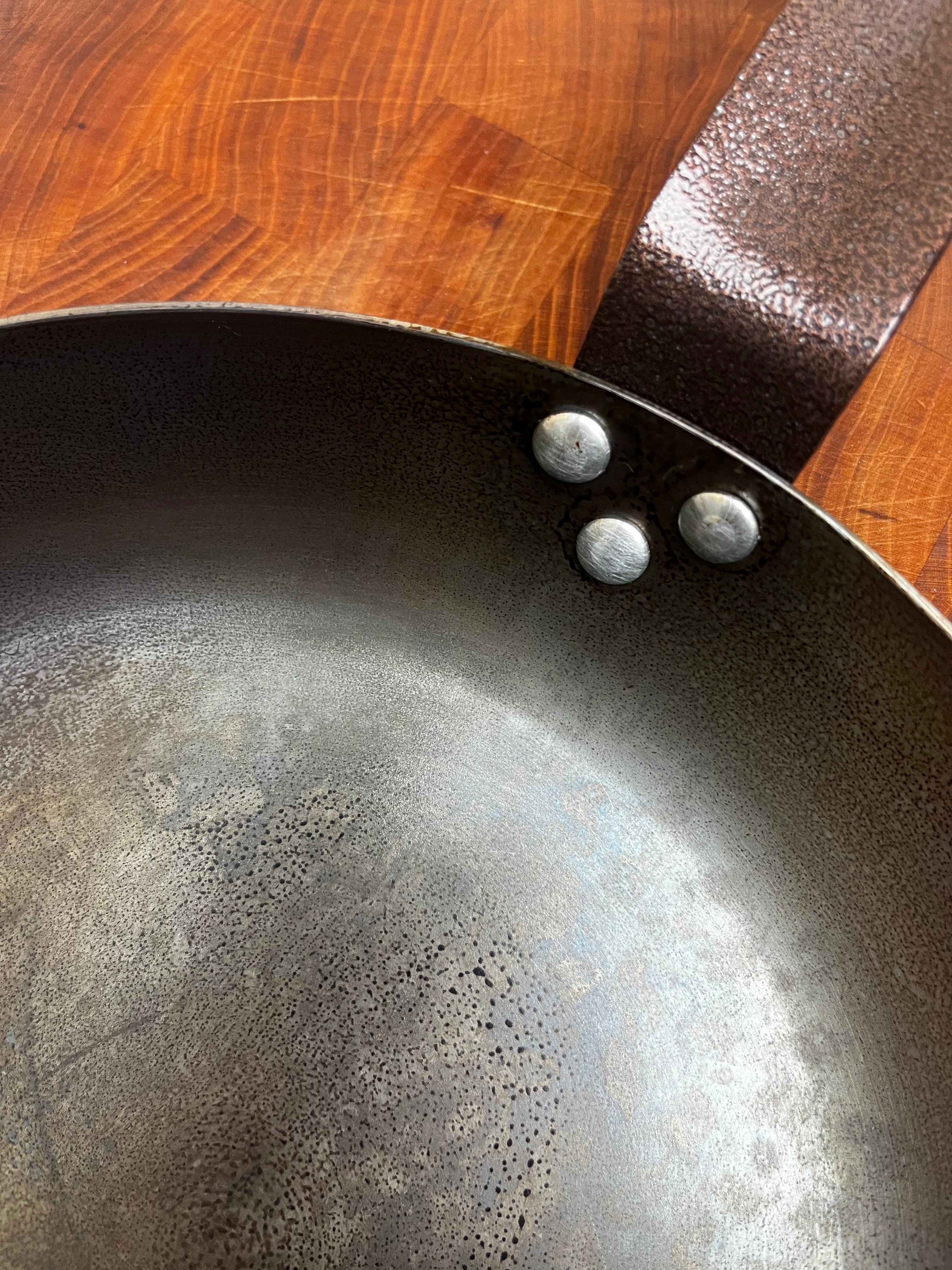
Reactive cookware (like carbon steel and cast iron) can seem intimidating. There are endless guides online on “how to season” these tools correctly. If you are a perfectionist and find joy in developing that glossy, mirror-like black finish on your reactive cookware, then go for it. Fortunately, the seasoning process for carbon steel is incredibly forgiving because, unlike cast iron, the surface is not porous.
At PHC, we recommend simply using the pan until it develops a seasoning and patina through natural use. For brand-new pans, a brief pre-season will help jump-start the process. While this isn’t necessary, it will make using your new pan much easier. After this pre-season, you’ll practically never need to go through an isolated seasoning process again.

Pre-Season Instructions:
- Using a paper towel, coat the entire carbon steel surface with a neutral cooking oil (canola or grapeseed work great). Then, using a clean paper towel, wipe as much of the oil off as possible – as if putting the oil on was a mistake.
- Then place the pan over a burner on high heat for several minutes and watch as the shiny silver steel begins to turn black and blue. If you do not have a gas range, you can use your oven at its highest heat or a broiler.
- Let your pan cool or add more oil and use it right away!

I tested this exact process on a brand-new Sardel pan to showcase how it evolves. As you can see, the coloration of the pan becomes uneven as the seasoning develops. This is totally okay and will not significantly impact the effectiveness of the pan’s capabilities. Embrace the irregularity. The natural process gives each pan a unique character - signs of love and use.
And this is what the same pan will look like after several months of continued use.

To clean your pan, simply wash the pan after you use it just like you would any other (with hot water and soap, hopefully). A steel scrub or brush will make cleaning up a breeze during the pan’s infancy, but as the seasoning develops an ordinary sponge should do the trick. Be sure to dry it immediately with a clean towel. Leaving the pan wet will cause it to rust, so if you’d like to be 100% safe you can place it back on the stove briefly to evaporate any remaining moisture.
Finally, it’s important to remember that acidic foods can strip the seasoning off of your pans, especially in the early stages of building up a seasoning. If this happens, it is most definitely not the end of the world – your seasoning will come back. However, think twice before sautéeing a pan full of ripe tomatoes – consider opting for your stainless pans in these cases. While these pans make great workhorses, they really excel in high-heat cooking: searing, stir-frying, etc. As the pan’s seasoning begins to layer and darken, cooking acidic foods or simmering will pose fewer complications.

No matter what happens, remember that these durable tools are meant to be used. There is beauty in the way these pans develop and tell the stories of the meals they’ve been used for. Don’t stress about the process – a wrecked pan can always be saved and re-seasoned, ready for your next kitchen journey.
TOP ARTICLES

Sourdough Baking School
Master the art of sourdough bread baking in the most comprehensive baking class on the internet. This class features over three hours of baking content to help you start your sourdough journey.
See More


